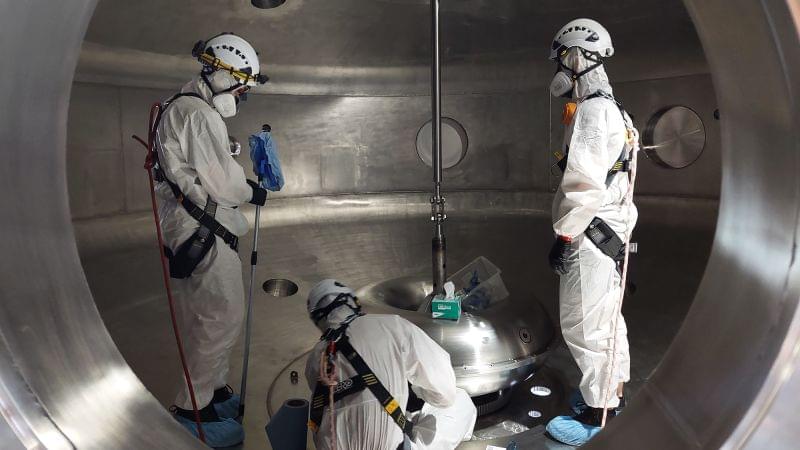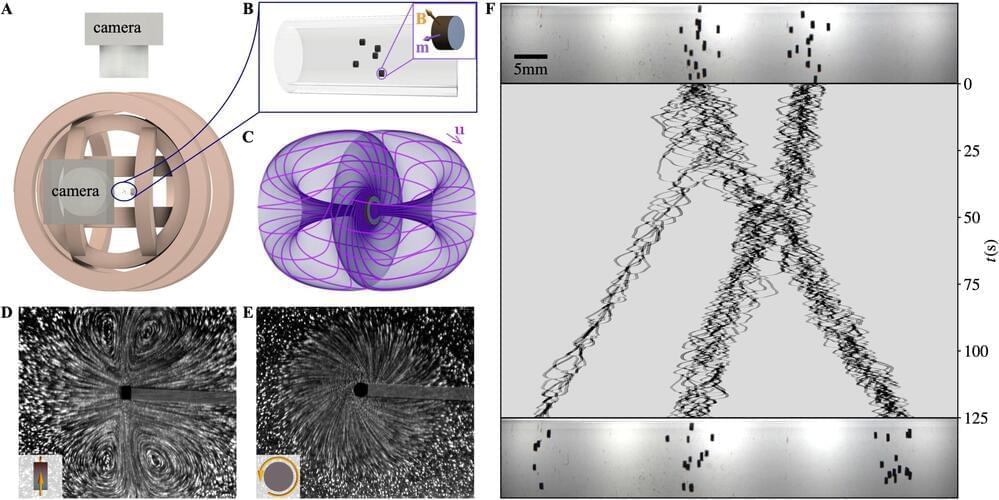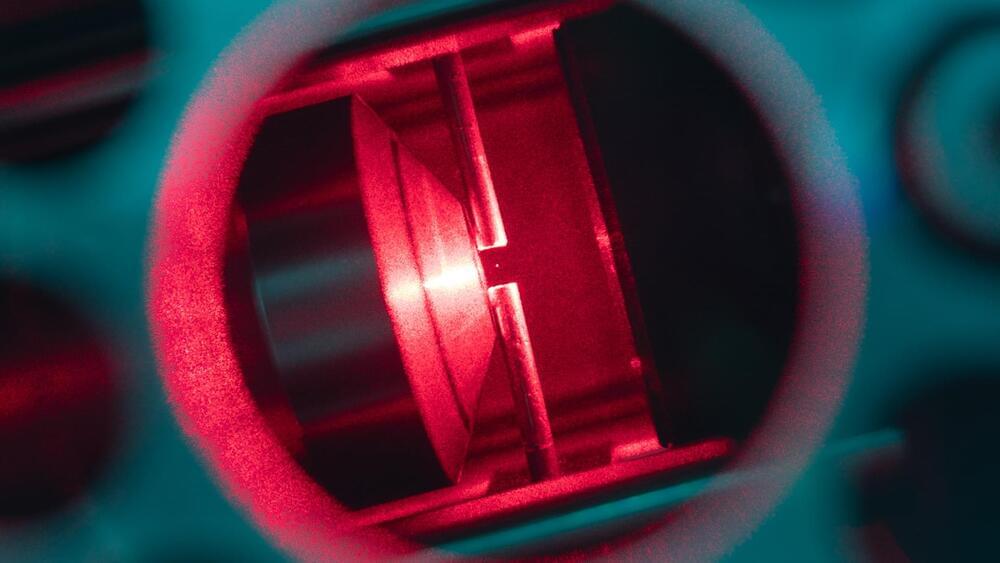Nov 29, 2024
A nuclear fusion startup just reached a milestone in its bid to commercialize unlimited clean energy
Posted by Shubham Ghosh Roy in categories: nuclear energy, particle physics
In a commercial warehouse overlooking the ocean in New Zealand’s capital Wellington, a startup is trying to recreate the power of a star on Earth using an unconventional “inside out” reactor with a powerful levitating magnet at its core.
Its aim is to produce nuclear fusion, a near-limitless form of clean energy generated by the exact opposite reaction the world’s current nuclear energy is based on — instead of splitting atoms, nuclear fusion sets out to fuse them together, resulting in a powerful burst of energy that can be achieved using the most abundant element in the universe: hydrogen.
Earlier this month, OpenStar Technologies announced it had managed to create superheated plasma at temperatures of around 300,000 degrees Celsius, or 540,000 degrees Fahrenheit — one necessary step on a long path toward producing fusion energy.


















